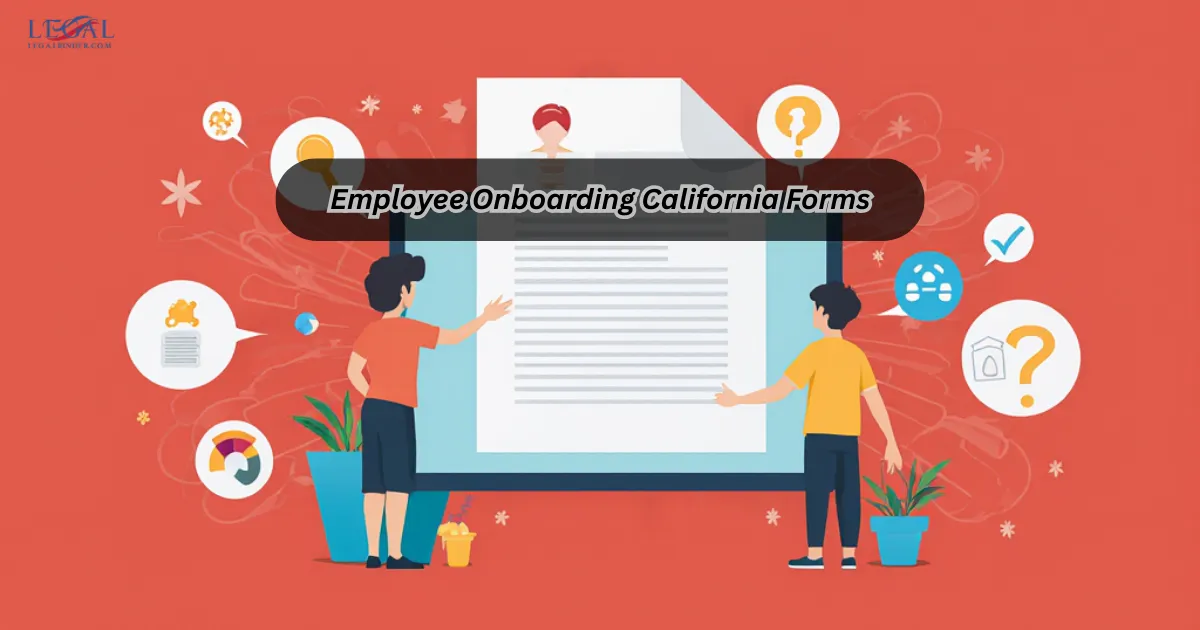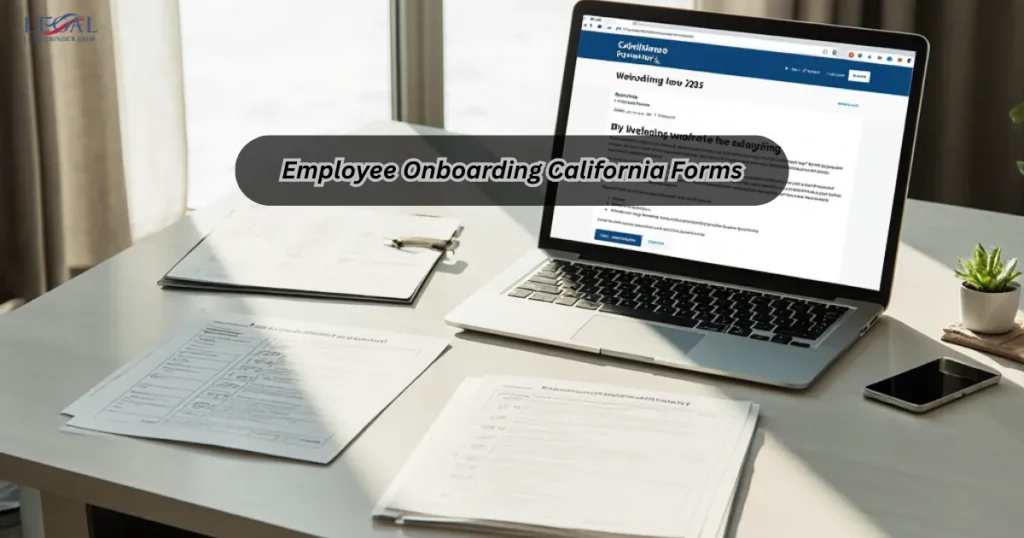Physical Address
304 North Cardinal St.
Dorchester Center, MA 02124
Physical Address
304 North Cardinal St.
Dorchester Center, MA 02124

Starting a new job or welcoming a new hire is always a big moment filled with possibilities. But as exciting as it may be, employee onboarding in California isn’t just about handshakes and introductions—it’s about getting the right paperwork in place from day one. If you miss even one form, you could face compliance risks, legal issues, or unnecessary delays that affect both you and your employees. That’s why understanding Employee Onboarding California Forms is so essential—it ensures every new hire has a smooth, professional, and legally compliant start.

Proper onboarding is more than just filling out documents—it sets the tone for your employee’s journey. California employment law is strict, and the state requires specific forms to protect both employers and employees. By completing them correctly, you not only stay compliant but also create trust and confidence in your workplace.
Every employer in the U.S. must verify an employee’s work eligibility. In California, this is strictly enforced. Employees must provide valid documents, and employers must complete verification within three business days.
Access Form I-9 (U.S. Citizenship and Immigration Services)
This form determines how much federal income tax should be withheld from paychecks. Employees must complete this form upon hiring.
Download Form W-4 (IRS.gov)

Unlike the federal W-4, California requires its own tax withholding form: the DE 4. This ensures the correct amount of state income tax is withheld.
Download DE 4 (Employment Development Department – EDD)
California employers must provide a written notice of wage information to non-exempt employees. This includes pay rates, payday schedules, and employer details.
Wage Theft Prevention Act Notice (California DIR)
California law requires employers to provide anti-harassment policies in writing and have employees acknowledge receipt.
Harassment Prevention Resources (California Civil Rights Department)
Online HR platforms help you track, store, and manage forms with greater accuracy while staying compliant with recordkeeping rules.
Certain forms, such as the I-9, must be completed within three business days of hire.
Ensure your staff is updated with California labor law changes each year.
Yes. W-4 covers federal tax withholding, while DE 4 covers California state tax withholding.
Yes. Regardless of where the employer is located, if the employee works in California, state onboarding forms apply.
You risk fines, lawsuits, and potential disputes with employees, especially under California’s strict labor enforcement.

Getting Employee Onboarding California Forms right isn’t just a legal obligation—it’s a way to show your employees that your company is organized, compliant, and welcoming. By ensuring every form is in place, you reduce risks, improve trust, and build a foundation for long-term employee success.
Take the first step toward better compliance and employee satisfaction today by reviewing your onboarding process and aligning it with California requirements. For additional resources, visit the California Department of Industrial Relations.
Need more guides like this? Visit our homepage at USALegalBinder.com for state-specific compliance resources.